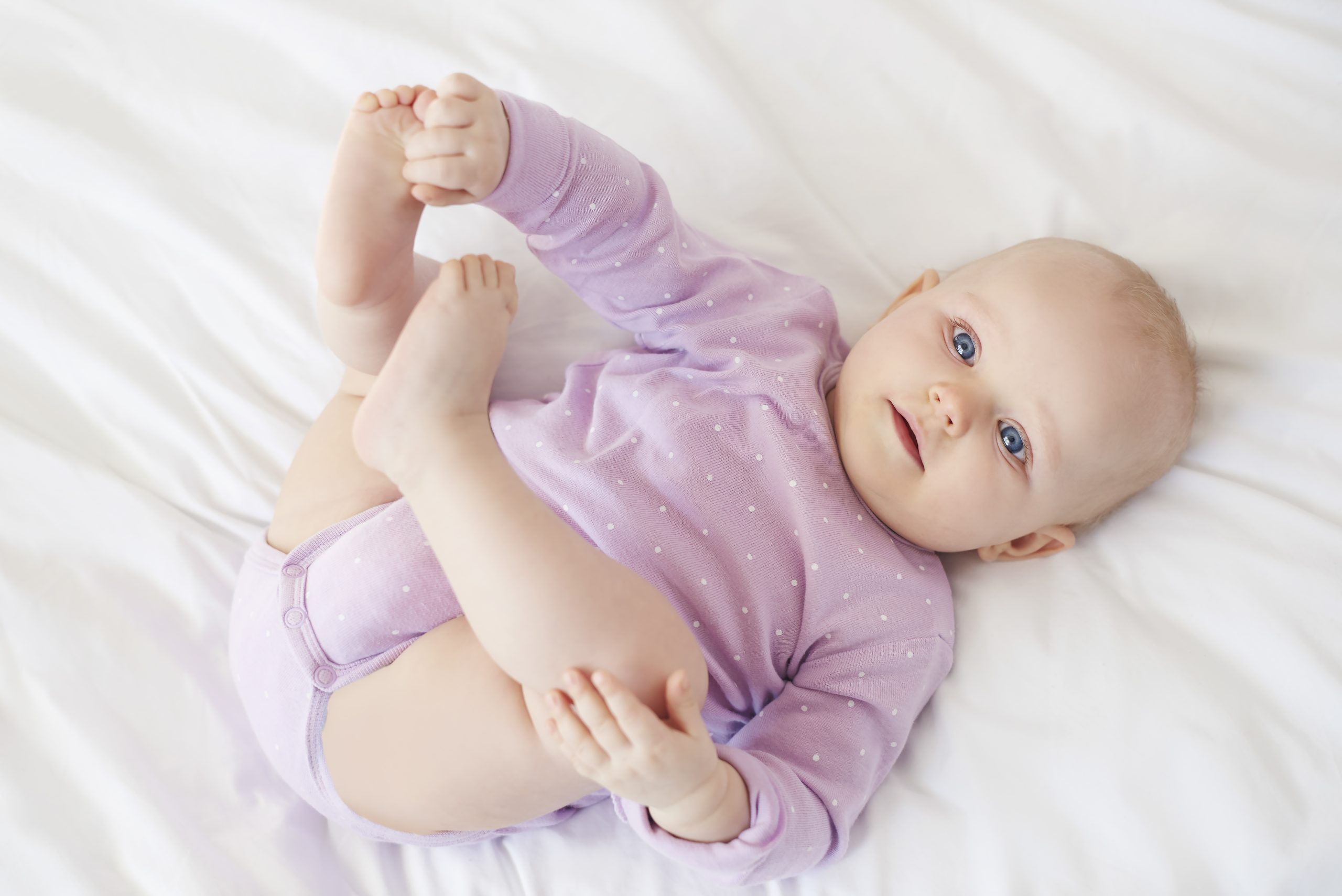Cleaning is an essential part of maintaining a healthy and hygienic environment. However, for people with disabilities, cleaning can be challenging due to physical limitations or accessibility issues. In this blog post, we will discuss five ways you can ensure that your cleaning routine is more inclusive and accessible for people with disabilities.

Introduction to Inclusive Cleaning
Inclusive cleaning involves making sure that all individuals, regardless of their abilities, have equal access to cleaning supplies, tools, and procedures. It means considering the needs of people with mobility impairments, vision loss, hearing loss, cognitive disabilities, and other types of disabilities. By creating an inclusive cleaning routine, everyone can contribute to keeping their living space clean and tidy.
The Importance of Accessible Cleaning Routines
An accessible cleaning routine ensures that people with disabilities can participate in maintaining a clean environment without facing barriers or obstacles. A well-planned cleaning schedule also helps reduce the risk of accidents and injuries, which can be common among people with disabilities who may struggle with balance, coordination, or dexterity. Moreover, having an accessible cleaning routine promotes independence and self-esteem by allowing individuals to take care of themselves and their surroundings.
Tips for Creating an Inclusive Cleaning Schedule
Here are some tips for creating an inclusive cleaning schedule:
1. Assess Your Needs: Start by assessing your individual needs or those of the person you are caring for. Consider any physical limitations or accessibility issues that may impact their ability to participate in cleaning tasks. For example, if someone has difficulty bending down, they may need a tool to reach high places.
2. Use Adaptable Equipment: Look for cleaning equipment that can be adapted to meet specific needs. For instance, there are mops with extendable handles that make it easier to reach high surfaces, and dustpans with long handles that enable users to sweep floors without bending over.
3. Break Tasks into Smaller Steps: Breaking down larger tasks into smaller steps can help make them more manageable for people with disabilities. For example, instead of asking someone to vacuum an entire room, start by having them focus on one corner at a time.
4. Provide Clear Instructions: Make sure instructions are clear and concise so that everyone understands what is expected of them. You could use pictures, diagrams, or videos to illustrate how to perform certain tasks.
5. Ask for Feedback: Finally, ask for feedback from the person with disabilities about what works and what doesn’t work when it comes to their cleaning routine. This way, you can adjust your approach as needed to better accommodate their needs.
Adapting Your Cleaning Supplies and Tools
When adapting your cleaning supplies and tools, consider the following factors:
1. Ergonomics: Choose products that are easy to hold and maneuver, with comfortable grips and lightweight designs.
2. Reach: Look for tools that allow you to reach hard-to-reach areas, such as high shelves or under furniture.
3. Visibility: If you or the person you are caring for has low vision, choose cleaning supplies that are brightly colored or have contrasting colors to make them easier to see.
Conclusion: Making Cleaning More Inclusive for All
Creating an inclusive cleaning routine requires thoughtful planning and consideration of different needs and abilities. By using these tips, you can create a cleaning schedule that is safe, efficient, and accessible for everyone. Remember, making cleaning more inclusive isn’t just about meeting basic needs; it’s also about promoting dignity, respect, and independence for people with disabilities.
